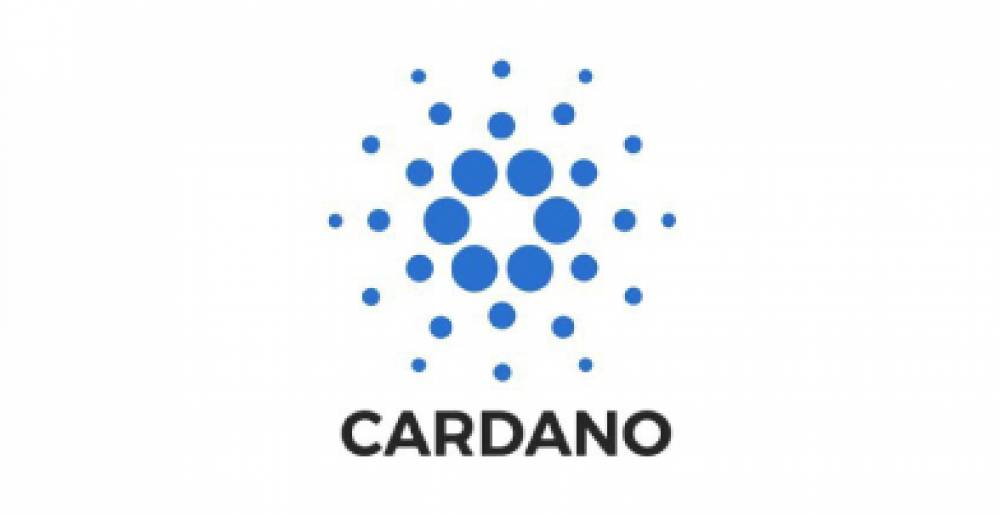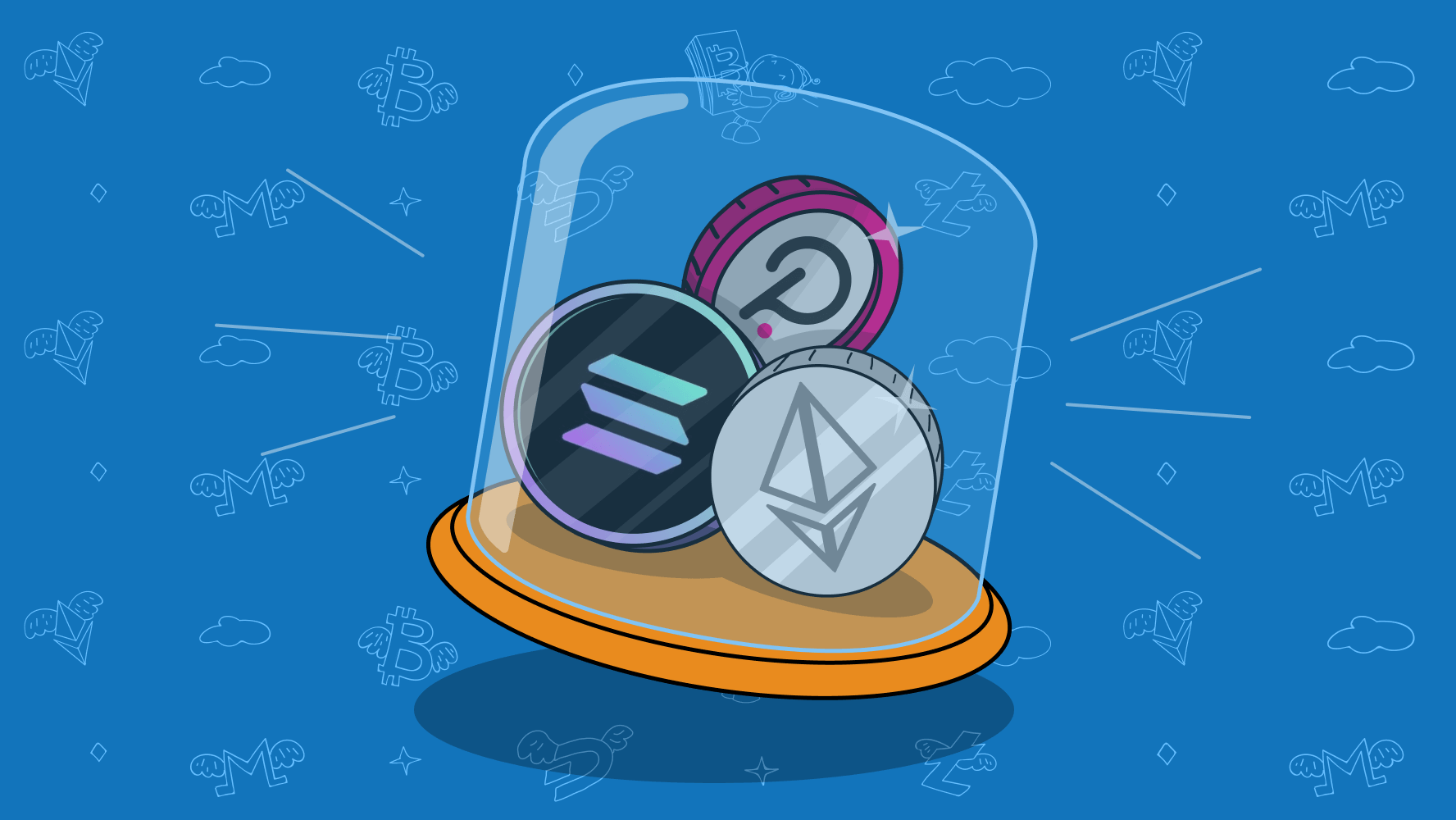Crypto Guide: What is Cardano, and What are its Use Cases and Features?

According to the most recent IOG weekly report, Cardano's native tokens have reached 10 million, with over 120,000 token policies and increased network activity. These latest developments underscore Cardano's increasing adoption within the blockchain industry and its potential use cases for different industries.
Cardano is one of the biggest cryptocurrencies by market cap, valued at over US$16 billion as of May 27th. It's a proof-of-stake blockchain platform that serves as the next-generation evolution of the Ethereum idea. In short, Cardano's developers are looking for a blockchain that's flexible, sustainable, and scalable for running smart contracts.
Like Ethereum, the Cardano blockchain aims to support the development of a wide range of decentralized finance apps, games, new crypto tokens, and more. Like Ethereum with its ETH, Cardano's native cryptocurrency is ADA, which you can buy or sell in popular exchanges like Binance and Coinbase. Today, Cardano's ADA can be used as a store value to send and receive payments and for staking and paying, covering the transaction fees on the blockchain.
About Cardano
The Cardano project was started by a group of cryptocurrency enthusiasts, entrepreneurs, and investors based in Asia. Development started in late 2014 through Input Output (initially, IOHK), a company founded by Charles Hoskinson and Jeremy Wood. In addition, the group also founded the Cardano Foundation to oversee and supervise the development of Cardano and promote the welfare of its users. A third company was introduced, Emurgo, which aims to pursue commercial activities on behalf of the Cardano community. The Cardano blockchain and ADA (its native cryptocurrency) were formally launched in 2017.
The Cardano blockchain
Cardano is a third-generation, proof-of-stake blockchain platform. It aims to address the issues that the first two generations (Bitcoin and Ethereum) suffer from, including interoperability and scalability while striving for decentralization. The platform combines leading technologies based on peer-reviewed research to provide security and sustainability to decentralized applications. Cardano's blockchain is anchored on openness, fairness, and inclusivity.
Cardano and proof-of-stake
One of Cardano's goals is to develop and maintain an environmentally sustainable blockchain platform. Cardano's blockchain addresses the environmental effects of other cryptos, particularly Bitcoin. Bitcoin's environmental effects are significant. According to the United Nations, mining significantly affects the environment.
One of the UN's studies found that the global mining network consumed 173.42 Terawatts of hours of electricity. If we compare this consumption with a country, the consumption would have ranked 27th globally, even bigger than that of Pakistan, home to 230 million people. The developers behind Cardano understand this challenge, and it's the reason why it uses a unique proof-of-stake consensus mechanism, which it calls Ouroboros.
But first, let's explore the principle and mechanics of the proof-of-work (PoW) mechanism. Remember that with open-source and decentralized cryptocurrency, the community must ensure that transactions are valid, transparent, and fraud-free. An important requirement is that nobody spends the same money twice on a platform without a central authority.
Blockchains use the "consensus mechanism" to accomplish this, with Bitcoin's proof-of-work being the most popular. Proof-of-work requires huge computing power, where virtual miners compete to be the first to solve the correct answers. This process of guessing the correct number (hash) is called the proof of work. If the participant can guess the right number, he gets a reward from Bitcoin or other cryptos.
Another approach in the consensus mechanism is called the proof-of-stake. Instead of the miners rushing to find the answer or correct hash, the blockchain relies on invested participants called validators. Under this mechanism, interested participants offer their cryptos as collateral (for staking) and a chance to validate the blocks and earn rewards. Also, validators are selected at random, and who gets the rewards.
Cardano uses a unique proof-of-stake mechanism through its Ouroboros, a provably secure mechanism based on peer-reviewed research. The Ouroboros mechanism is also energy-efficient and boasts rewards for stakers.
- Provably secure. Cardano's platform boasts mathematically verifiable security against attackers. The protocol is secure as long as 51% of the stake (Cardano's ADA) is held by honest participants and with the selection of honest leaders.
- Energy-efficient. By using Ouroboros, Cardano is able to provide a secure and sustainable platform that is four million times more efficient than the Bitcoin platform.
- Rewards. To ensure the network's sustainability, Cardano also maintains an incentive mechanism that rewards validators for their participation. Interested individuals can operate a stake pool or delegate a stake in ADA, which can be used to stake in the pool. For example, delegating your ADA to a validator rewards you for helping secure the platform. The average annual yield is around 3%. What's great is that you can always top delegating your ADA anytime.
Some use cases for the Cardano platform

There are a few use cases for Cardano for different industries. Currently, Cardano enables the following features on its platform:
- Currency. You can use the blockchain to send and receive Cardano and use it to pay for goods and services.
- Smart contracts. Like Ethereum, Cardano also supports smart contracts that automatically self-execute when the conditions are fulfilled.
- Decentralized finance. Cardano also supports decentralized finance, which makes payments faster and more convenient.
- Digital apps. Companies can also develop finance apps related to lending, asset management, and insurance.
Bottom line
Cardano works like Ethereum in many ways, particularly in its use of the proof-of-stake mechanism and its support for smart contracts. As of January 2024, Cardano's total number of smart contract deployments had reached over 24,000, which pales in comparison to the Ethereum blockchain, which has over 4 million. Also, many see Cardano as a store of value and a medium for exchange.
But if you think Cardano is part of the next big wave, you can invest in ADA by buying and selling. Just remember, Cardano is highly volatile, and there's a chance that you can lose your investment if you're not careful.




